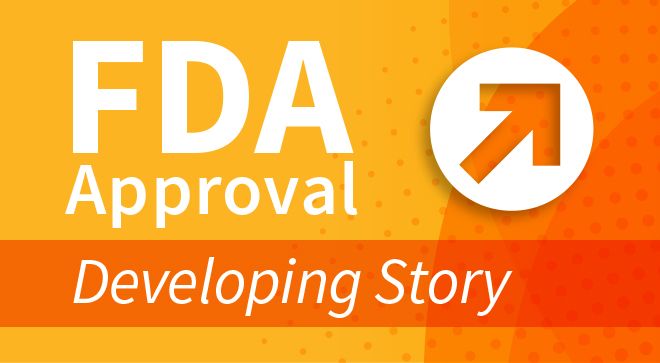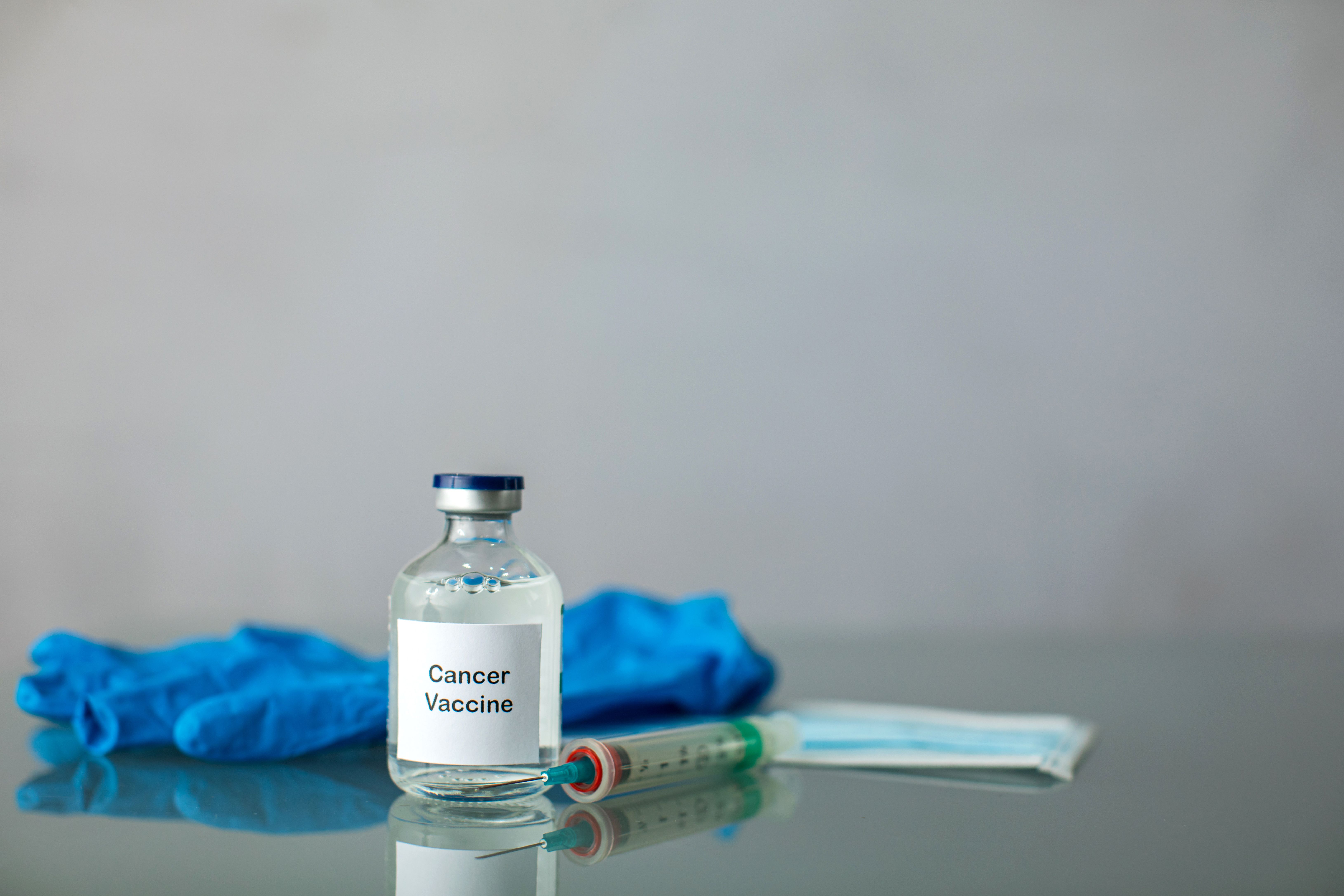Article
7 Questions With a Medical Oncologist: Immunotherapy in Lung Cancer
Author(s):
With a number of FDA approvals, immunotherapy is becoming a key player in the treatment of lung cancer. CURE spoke with Mark W. Kris to see what's next.
Over the past few years, the treatment options for patients with non-small cell lung cancer (NSCLC) have greatly increased with FDA approvals of targeted and immunotherapies, says Mark W. Kris.
FDA-approved immunotherapy options, such as Opdivo (nivolumab) and Keytruda (pembrolizumab) and others moving through the pipeline, such as Tecentriq (atezolizumab), have demonstrated long-lasting benefits in lung cancer. Meanwhile, other agents, such as Avastin (bevacizumab), Cyramza (ramucirumab), and Portrazza (necitumumab), among others, are also advancing the field.
Kris recently sat down for an interview with CURE to discuss immunotherapy, frontline therapies for nonsquamous NSCLC, and advancements in squamous cell carcinoma. Kris is a medical oncologist at Memorial Sloan Kettering Cancer Center.
What are some of the main points of discussion regarding immunotherapy in NSCLC?
People have tried to find a way to rev up the immune system to fight all cancers for more than 100 years. Up until now, it has been a goal or a dream, and only recently are we able actually to deliver on that for patients with lung cancer.
What we have seen are agents that target PD-1/PD-L1, and now agents that target anti—CTLA-4 are very helpful in leading to dramatic benefits for patients with lung cancer. There is very clear evidence that, particularly for Opdivo and Keytruda, they improve rates of shrinkage and improve duration of survival—which is an extremely impressive result—over standard chemotherapy. In the trials that have been done thus far for both of those agents, as well as Tecentriq, the agents have been compared with docetaxel.
Moreover, equally as important to those benefits in outcome are the benefits in terms of severe side effects, because approximately half of patients who receive docetaxel get some kind of a severe side effect. Now, only about 10 percent of patients who receive immunotherapies get those side effects, so it has everything going for it. In the last year, virtually every single patient with progressive disease who receives initial therapy—either Keytruda or Opdivo, and probably shortly Tecentriq—is going to be recommended for these patients.
What we learned at the 2016 ASCO Annual Meeting this year, and following up on reports at a lot of different meetings, is regarding the combination of these drugs with anti—CTLA-4 drugs. There was one presentation by Matthew Hellman regarding the trials with Opdivo, and Yervoy (ipilimumab). They were comparing it to patients in these same trials who received Opdivo, with higher rates of response, longer durations of response, and better survival. Also, by adjusting the dosages and schedules of Yervoy and Opdivo, results showed very good tolerance, and truly almost the same degree of side effects with the combination as Opdivo, alone.
Additionally, if you had high PD-L1 expression, you had a very good chance of having a response. Again, this is in a minority of patients but, for those who have it, it’s almost a sure thing that they’re going to have a response. What many people thought was the most amazing finding was that a number of people on that trial had no growth of their cancer after years of treatment. Some of them have come to surgery to remove what was left after years of treatment on those studies, and what they found is nothing— just scar tissue. Therefore, the benefits in the short term, in terms of response and fewer side effects and the chance for long survival, make these regimens very appealing.
As these trials read out, in comparing these agents to chemotherapy, they are going to be the agents given first and chemotherapy will follow them. Now, that’s not to say that we are abandoning chemotherapy. In the majority of patients who receive the anti—CTLA-4 drugs, Opdivo, and Keytruda, their cancer does grow despite those drugs. They are going to need chemotherapy. Therefore, the same decision making and the same availability of chemotherapy will be critical to the vast majority of patients. What we are going to see, however, is instead of giving the immune treatments after chemotherapy, we are going to be giving them before.
What should community oncologists be educated on in terms of the side effects associated with immunotherapy?
The interesting issue about the side effects is that virtually any organ system in the body can be affected. Oncologists are used to managing neutropenia, hair loss and neuropathy; they figured that out, but there’s a whole spectrum of different side effects [with immunotherapy]. What we need to do is to be cognizant of them. We need to understand that it’s not business as usual.
For example, this would be very hard for an oncologist with a patient on Opdivo and not run a CBC on them. You don’t need a CBC; it is not likely to be effective. What you need though, periodically, is a thyroid function test, and you need to watch blood sugar, which you don’t necessarily do for your patients now.
The other thing about the side effects is it is usually due to overactivity of the immune system. By stopping the drug and giving steroids and sometimes even more potent immunosuppressive agents, you can generally control the side effects. In many ways, it’s much more forgiving than chemotherapy and those side effects.
However, doctors have to learn a new vocabulary, a new set of skills and enlist a lot of fellow specialists. Endocrinologists and gastroenterologists are going to be critical in helping take care of these patients.
What questions on immunotherapy in NSCLC are you commonly asked by colleagues and other oncologists in the field?
People are still concerned about this issue of pseudoprogression. The truth is, in people with lung cancers, there is this idea that their cancer would grow before improvement is seen. That is extraordinarily rare. Though it can occur, it almost never occurs in a setting where the patient is symptomatically worse. From an oncologist’s standpoint, you can tell if it happens by the lack of symptoms. It is something that oncologists really don’t have to spend a lot of time thinking about—but it’s a question on just about everybody’s mind.
You also discussed frontline therapies in nonsquamous NSCLC. What are the latest advancements here?
I am pretty widely known as a kind of “molecular guy,” and I’m learning immunotherapy tricks. Those are really, really important therapies for people with lung cancers. However, the truth is that everybody gets chemotherapy, and we probably don’t spend enough time thinking about the optimal use of chemotherapy drugs.
I will go out on a limb and say—except for very, very rare patients—they are not going to be replaced by any targeted therapy or immunotherapy. It’s a tiny minority of people that have a dramatic response with immunotherapy alone, and there is no patient who has a long disease-free response with targeted therapy. Eventually, people receive chemotherapy. It is really important for oncologists to know what drugs are available, what the most appropriate drugs for their patient are, and know how to give them safely. They also need to know how to use the drugs that are available in addition to cytotoxic chemotherapies: Avastin, Cyramza and Portrazza. More and more other kinds of drugs are available, and it’s incumbent on the oncologist to use them in the right patient.
How has the conversation changed in the past year or so?
Last year, people received chemotherapy upfront if they didn’t have an obvious driver. If chemotherapy stopped working or had to be stopped, people immediately went to another chemotherapy. In 2016, every single patient gets immunotherapy. This is the case in my own practice, and my partners’, and in the patients referred to us at our institution—everybody gets immunotherapy.
It has been an extraordinary change in the management at the time that chemotherapy stops working. What will likely happen as these immunotherapy drugs are shown to be useful upfront is they will be given upfront and chemotherapy will be second—which is fine. It is going to be really important for oncologists to quickly stop ineffective immunotherapies. Sadly, that is going to be for the majority of patients. That is going to be the biggest challenge in the next year. As the immunotherapies become initial treatments, doctors have to know when to stop them and move on to things that are going to be more beneficial.
Could you describe anything new on the landscape in squamous cell carcinoma?
Squamous lung cancers are becoming a more difficult group of lung cancers to treat in that we don’t have as many options for them as we do patients with adenocarcinomas or even NSCLC. We generally do not have a targeted therapy that can be recommended today. We do not recommend Avastin for those patients. Therefore, we lack some of the tools we have for other kinds of lung cancers.
We do, however, have some additional tools. We have Portrazza. It’s an agent that targets the EGFR receptor—not the kinase of the EGFR receptor, but the actual receptor itself. It has been found to be a useful drug in squamous cancers and useful when added to gemcitabine and cisplatin at the start of therapy.
We do have some therapies targeting VEGFR2 now. We have Cyramza that was approved and can be used in patients with squamous cancer, so that is another drug for second line. There would truly be no reason it couldn’t be used in first line, as well.
However, it is important, with squamous cancers, to make sure that you do a comprehensive molecular test—particularly for those specimens that are small and where the diagnosis is not certain. This is because some of them may have targetable drivers like EGFR as well as never-smokers who have squamous cancer; it is definitely worth checking that. It is incumbent on us to learn about the new drugs in squamous and how to figure them into our plan.
Lastly, just like in adenocarcinoma, the go-to treatment for squamous cancers will be immunotherapy. It is already the standard of care after initial chemotherapy stops working, and within the next year, giving them upfront will be the standard of care for patients who can safely receive those agents.
What advice can you offer community oncologists?
We are in an unusual situation. We have so many more therapies to treat lung cancers. We had very limited options just a decade ago. There really was no targeted therapy and virtually no antiangiogenic therapy. There was no immunotherapy. Once you had metastatic disease, you didn’t operate on anybody; you seldom used radiation once the disease was metastatic. That’s all changed now. How do you choose among all of these different options for a patient with lung cancer?
I’m absolutely convinced that the right choice is critical for the longest and the best life for patients, but there is no guidebook on how to do that. Keep an open mind, use everything at your disposal, and also think about what is right for that patient. For a patient who is one year into therapy with squamous cancer, most of us would say, “I’m going to change chemotherapy.” That may not be the right thing if you have someone with good disease control elsewhere.
Perhaps giving a local therapy, SBRT, surgery, or radiofrequency ablation might be the best thing, but it’s just to try and make the best decision for each patient. Our job is better because we can do more and help people live longer and better, but it’s gotten a lot harder because we have so many more choices. Because people are living longer, we have more choices that we have to make.


